The Consequences of Burgeoning Growth in Maritime Business
Today’s ports and marinas nationwide are experiencing burgeoning growth in maritime business, and in some cases, resulting in an increase in port revenues, while at the same time requiring an expanded staff and responsibilities. From our perspective, our ProComplianceWareTMcompliance management system, helps marinas and ports manage regulatory compliance. Ultimately this reducing the risk of penalties and fines from ever-expanding government regulations for the environment, health, safety, and security.
Even as marine trades associations in the United States are trying to educate their members about today’s complex environmental landscape, it is very challenging to keep up with all the regulations, permits, inspections and sampling requirements.
Penalties for violating the permit or not having a permit to discharge into the waters of the U.S. may be up to $37,500 per violation per day.” EPA Clean Water Act Statute, Regulations and Enforcement.
 Our focus has been to service marinas and ports so they will have easy tools at hand to help them remain in compliance, avoiding the big penalties and fines associated with missing deadlines. Our regulatory compliance software helps improve adherence to EPA Federal or state regulated permits. After all, these deadlines have been put in place for a reason. By enforcing permitting, it improves adherence to the Environmental Protection Agency ‘s Federal or state permits.
Our focus has been to service marinas and ports so they will have easy tools at hand to help them remain in compliance, avoiding the big penalties and fines associated with missing deadlines. Our regulatory compliance software helps improve adherence to EPA Federal or state regulated permits. After all, these deadlines have been put in place for a reason. By enforcing permitting, it improves adherence to the Environmental Protection Agency ‘s Federal or state permits.
But the bigger picture is that when regulatory deadlines are missed, then the chances of accidents increase. Our marine terminals and shore-side facilities are now being used more frequently to store and transport oil products.
The following March 6, 2016 article is a reminder of all the other ramifications surrounding these new types of environmental risks.
“Managing Growing Environmental Risks for Ports and Terminals” was written by Janice Kowell Senior Vice President, Global Marine Practice at Marsh Chris Smy.
“Any number of unforeseen problems can lead to costly environmental losses for U.S. ports or land-based terminals.
The energy sector, for example, is increasingly using marine terminals and shore-side facilities to store and transport oil products, exposing operators to a greater potential for environmental risks, including regulatory violations or scrutiny, increasing probability of a sudden pollution event, or the discovery of previously unknown contaminants during expansion projects.
Operational and Legacy Risks
Daily operations at ports and terminals-from vessel berthing to the handling of cargo – frequently result in oil and other hazardous material releases. These releases can hurt an organization’s bottom line via:
- Cleanup and disposal costs and regulatory fines, which can extend into the hundreds of thousands of dollars or more. For example, in August 2014, a terminal operator entered into an agreement to reimburse the U.S. Environmental Protection Agency (EPA) for costs incurred by the agency following an incident that released at least 200,000 gallons of liquid fertilizer at a site adjacent to the Elizabeth River in Chesapeake, Virginia.
- Lost revenue if a port or terminal is forced to shut down some or all of its operations following an environmental release. In September 2014, for example, a fire that ignited chemically treated wood-releasing smoke and toxic gases such as benzene and naphthalene-took more than 24 hours to extinguish, forcing the closure of container terminals for a weekday shift at a major West Coast port complex.
What’s more, the legal issues associated with a release can take years to resolve. For example, an incident involving a tanker that leaked 263,000 gallons of crude oil into the Delaware River in 2004-later determined to be caused by an abandoned anchor along the path used by ships to approach a New Jersey port-is still in litigation. At issue is the terminal operator’s potential liability and exposure to the vessel owner’s gross recovery claim of $180 million.
Other activities can also lead to environmental exposures. For example, ports and terminals are frequently situated on reclaimed, low-lying land, with historically imported fill, which contains hazardous material that can disrupt construction projects. Liquid bulk tanks with connecting pipelines are subject to sudden and accidental pollution exposure arising from structure failure, or gradual ground seepage and surface leakage.
Legacy issues, including leaks and accidental release from past operations that were not properly addressed at the time, can also present sizable risks. Even activities occurring decades ago can lead to significant losses, and activities conducted by past tenants or unrelated businesses that are no longer viable entities can increase an operator’s liability exposure. These legacy claims can result in waste disposal activity required under the Comprehensive Environmental Response, Compensation, and Liability Act (“Superfund”) or toxic tort occupational disease claims arising from worker exposures to toxic substances. A merger, acquisition, or expansion project can also result in financial losses years after the transaction or construction has been completed.”
In summary, ProComplianceWare currently services more than 75 East coast marinas and ports including Mystic Shipyard, in Mystic, Connecticut. Jeff Marshall, Mystic’s managing member said, “After becoming one of the first Connecticut Clean Marinas, ProComplianceWare was the next logical step towards making Mystic Shipyard a truly environmentally compliant marina. Our consultant uses the PCW system to track day-to-day compliance issues so we no longer wonder whether we are in compliance-we know we are.”
ProComplianceWareTM, a cost-effective Web-based compliance management system, helps companies manage compliance, reducing the risk of penalties and fines from ever-expanding government regulations for environmental, health, safety, and security. Visit?www.ProComplianceWare.com.
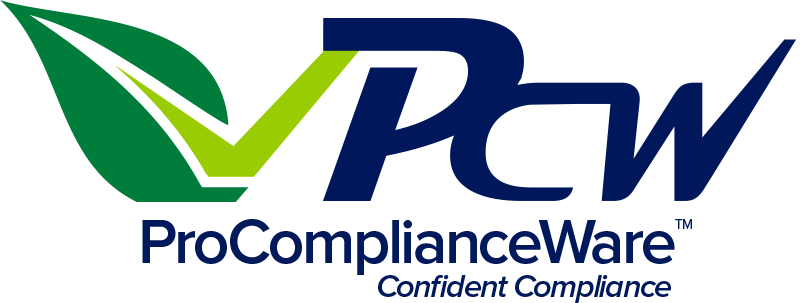

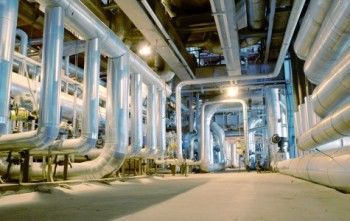
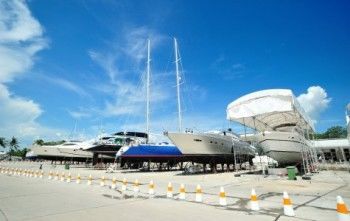
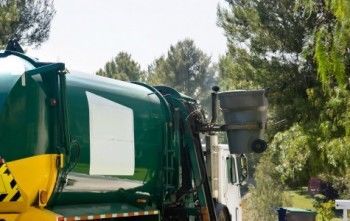
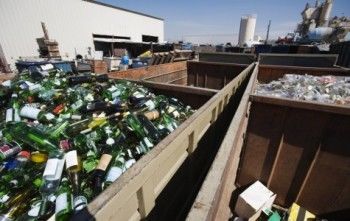
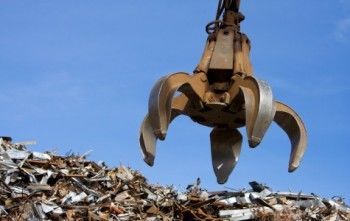
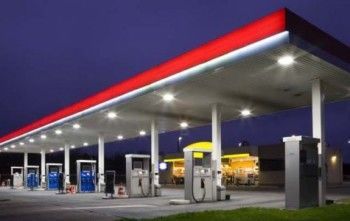
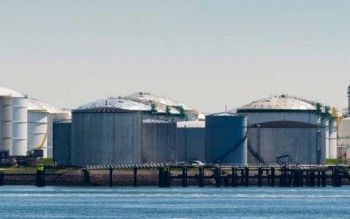


Leave a comment